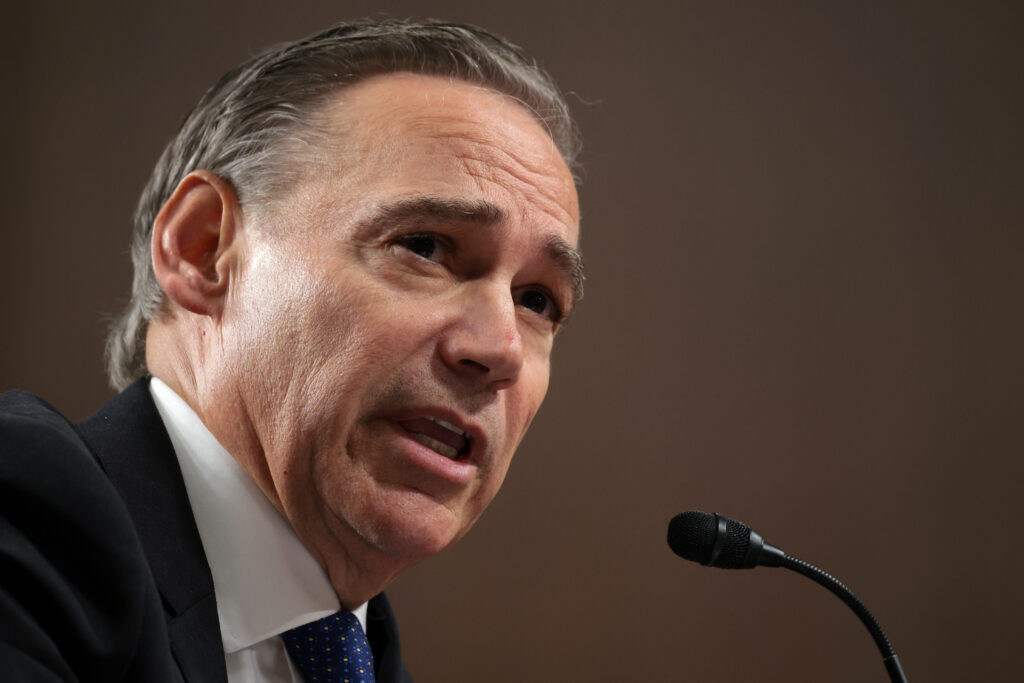Taiwan says President Lai not blocked from US stopover
Taiwanese President Lai Ching-te has not been blocked from visiting the United States, Taipei’s foreign ministry said Tuesday, insisting he has no plans to travel overseas “in the near future”.The remarks came after US President Donald Trump’s administration reportedly denied permission for Lai to transit in New York as part of an official trip to Latin America next month.Lai’s office had never confirmed his travel plans, but Paraguay, Taiwan’s only diplomatic ally in South America, said in mid-July that Lai would visit the country in 30 days.Such a visit would likely mean Lai would need to fly through US territory.”There has been no postponement, cancellation, nor any denial of permission for the transit by the US side,” spokesman Hsiao Kuang-wei told reporters in Taipei.”Given the ongoing post-disaster recovery efforts in southern Taiwan, the ongoing reciprocal tariff negotiations with the US, and the relevant international situation, the president has no plans for overseas visits in the near future.”In Washington, asked about the report, State Department spokeswoman Tammy Bruce told a media briefing that there had been no travel plans presented for Taiwan’s president and therefore “nothing canceled.”She reiterated Washington’s policy that “transits by high-level Taiwan officials, including presidents, are fully consistent with our long-standing policy and practice. This has not changed.”The Financial Times, citing unnamed sources, reported Tuesday that the Trump administration had denied permission for a Lai stopover in New York, after Beijing objected.China claims Taiwan is part of its territory and opposes any international exchanges with the democratic island.Asked about the reports on Tuesday, Beijing’s foreign ministry reiterated its opposition to Taiwan’s leaders visiting the United States.”This position is consistent, clear, and firm,” spokesman Guo Jiakun said.The Financial Times said Lai decided not to travel after he was told he couldn’t enter New York.Chinese and US officials held trade talks Tuesday in Stockholm, in a bid to extend a fragile truce in the face of Trump’s global tariff war.While the United States does not recognise Taiwan as a country, Washington remains the island’s most important partner and biggest arms supplier.Commenting on the Financial Times article, the former US House speaker Nancy Pelosi said the decision “sends a dangerous signal”. “But once again, (Chinese) President Xi has achieved a victory over the values, security and economy of the United States in the Trump Administration blocking the democratically elected president of Taiwan from making a diplomatic trip through New York,” Pelosi wrote on Facebook.”Let us hope President Trump’s denial of this stopover in New York is not indicative of a dangerous change in U.S. policy on Taiwan.”Lai had originally planned stopovers in New York and Dallas as part of the trip to Paraguay and Central American allies Guatemala and Belize next month, Bloomberg News previously reported.They are among Taiwan’s 12 remaining diplomatic allies.









